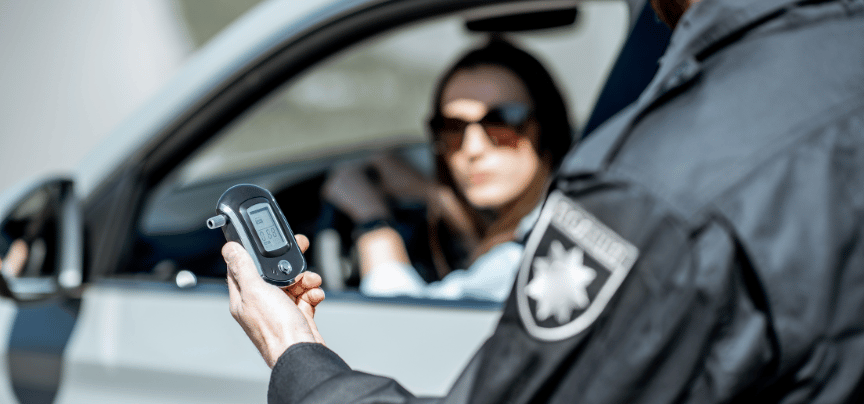
Police officers sometimes use portable breath tests (PBTs) to check and see if a driver is intoxicated, but many breath tests and blood tests happen at the station. As such, officers need something they can use in the field, when it’s not clear if the driver is intoxicated or not. For instance, they may see a driver drift over the centerline, but is it because they’re drunk or just because they were changing the radio station?
The answer to this problem, for decades now, has been to use field sobriety tests. The most common three that they use are the horizontal gaze nystagmus test, the walk and turn test and the one-leg stand test. You also hear rumors about things like officers asking people to recite the alphabet backward, but this doesn’t really happen.
So, do the field sobriety tests work? Are they accurate? Some of the time, they are, but it’s nowhere near the 100% that you’d want if those tests are determining whether or not you spend the night in jail. Here are the accuracy percentages:
- The horizontal gaze nystagmus test: 77%
- The walk and turn test: 68%
- The one-leg stand: 65%
- All three tests at the same time: 82%
Clearly, there is a cause for concern. These numbers indicate that about one out of every five people to take all three tests could fail them and get arrested, despite not being intoxicated. Are those really the odds you want to face when the police pull you over?
If you do wind up getting arrested on DWI charges, be sure you know what legal options you have.
